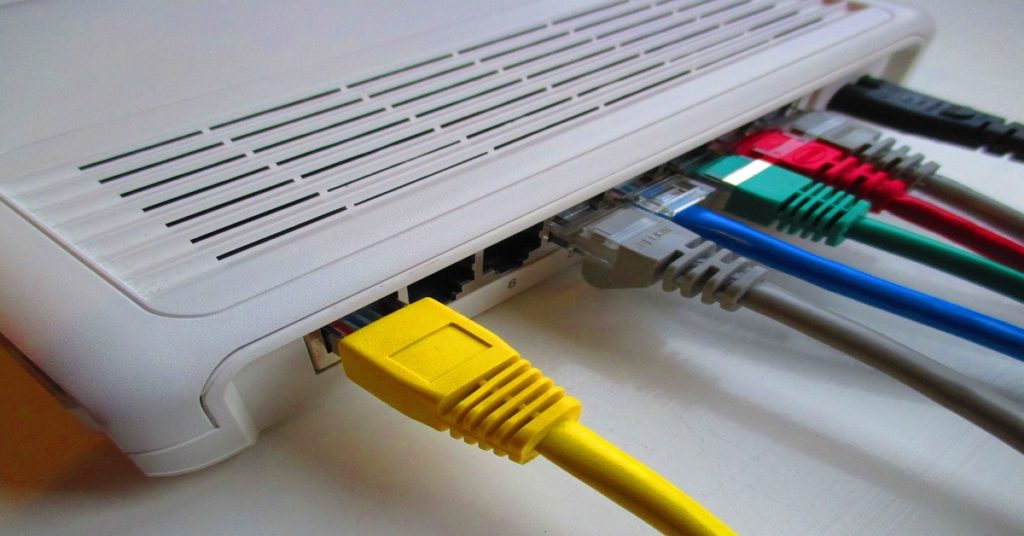This is a post about What is an Ethernet frame? Definition, structure, and variants. As we know that, Ethernet Frames Format is designed in 7 major steps and each layer plays an important and different role from others. Now Today, Ethernet Cable comes in various sizes and quality that depends upon your cost. Basic Frames Format which is required for all MAC implementation is defined in IEEE Ethernet 802.3 standard. On there, several optional Frame Format is being used to extend the protocol’s basic capability.

Ethernet frame starts with Preamble and SFD, both works at the physical layer. Ethernet header contains both Source and Destination MAC address, after which the payload of the frame is present. The last field is CRC which is used to detect the error. Now, let’s study each field of basic frame format.
Ethernet (IEEE 802.3) Frame Format –
Table of Contents
Ethernet can’t take place of your wireless network connection for your devices but it is a good choice to increase for your internet speed, up to 1Gbps with Cat 5.
| Preamble 7 bytes | SFD 1 bytes | Destination Address 6 bytes | Source Address 6 bytes | Length 2 bytes | Data 46-1500 bytes | CRC 4 bytes |
7 Ethernet Frame Format Layers
1- Preamble
This is a first layer of Ethernet Frame Format to check lost packets during network signal delay. it uses 7 byte’s space for checking the lost bits. it indicates the starting of the frame and allows the sender and receiver to establish bit synchronization in the form of ‘0’ and ‘1’. Initially, Preamble service is designed to check for lost bits during slower transmission and bad signal but in today’s time, Ethernet Standard has been made for sending higher packets and digital transmission. So now, Preamble service is used for bit synchronization that allows the receiver to lock onto the data stream before actual frames begin.
2- SFD (Start of Frame Delimiter)
This is a 1-byte field that is always set to 10101011. SFD indicates that upcoming bits are starting of the frame, which is the destination address. Sometimes, it is considered a part of Pre (Preamble), this is a reason Preamble is described as 8 bytes in many places. The SFD warns station or stations that this is the last chance for synchronization.
3- Destination Address
This is also a part of Frame Format that contains 6 bytes field. this field is used to store the MAC address of destination machine or device.
4 – Source Address
As the above paragraph sounds, but inversely. It is also a 6 Bytes field in the Frame format and contains the MAC address of Source Machine or Device. As Source Address is always an individual address (Unicast), the least significant bit of the first byte is always 0.
5- Length
Length is a 2-byte field that indicates the entire Ethernet Frame. This 16-bit field can hold the length value between 0 to 65534, but length cannot be larger than 1500 because of some own limitations of Ethernet.
6- Data
This is a place where actual data is inserted also known as Payload. Both IP Header and data will be inserted here if Internet protocol is used over the Ethernet. The Maximum data present may be as long as 1500 Bytes. In case data length is less than minimum length i.e. 46 bytes, then padding 0’s is added to meet the minimum possible length.
7- Cyclic Redundancy Check (CRC) –
CRC is 4 Byte field. This field contains a 32-bits hash code of data, which is generated over the Destination Address, Source Address, Length, and Data field. If the checksum computed by destination is not the same as sent checksum value, data received is corrupted.
Note – Size of frame of Ethernet IEEE 802.3 varies 64 bytes to 1518 bytes including data length (46 to 1500 bytes).
Brief overview on Extended Ethernet Frame (Ethernet II Frame) :
Standard IEEE 802.3 basic frame format is discussed above in detail. Now let’s see the extended Ethernet frame header, using which we can get Payload even larger than 1500 Bytes.
| DA 6 bytes | SA bytes | Type 2bytes | DSAP 1bytes | SSAP 1 byte | ctrl 1 byte | Data >46 bytes | FCS 4 bytes |
DA [Destination MAC Address] : 6 bytes
SA [Source MAC Address] : 6 bytes
Type [0x8870 (Ethertype)] : 2 bytes
DSAP [802.2 Destination Service Access Point] : 1 byte
SSAP [802.2 Source Service Access Point] : 1 byte
Ctrl [802.2 Control Field] : 1 byte
Data [Protocol Data] : > 46 bytes
FCS [Frame Checksum] : 4 bytes




